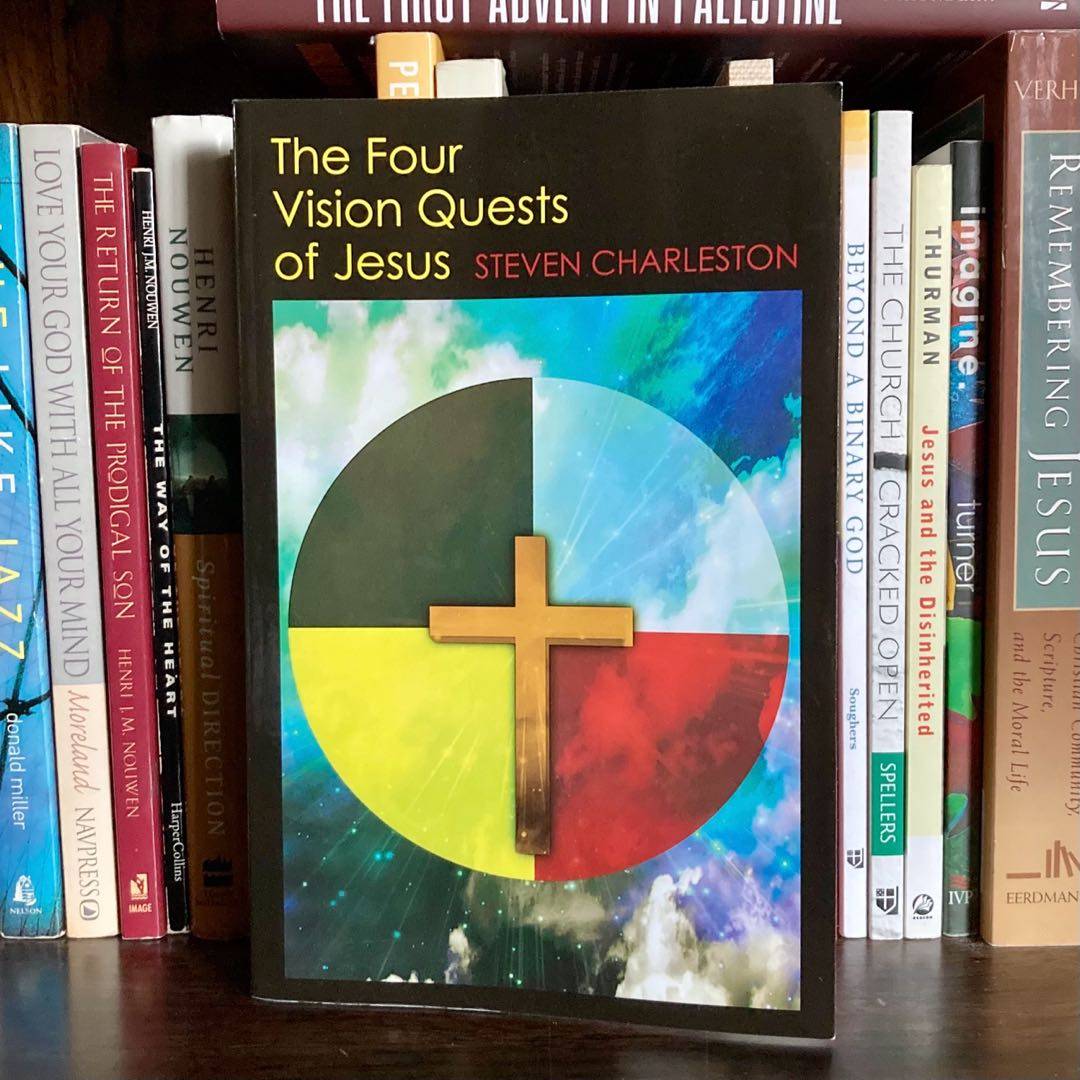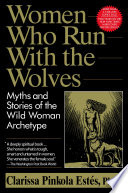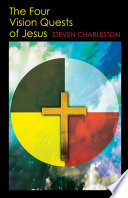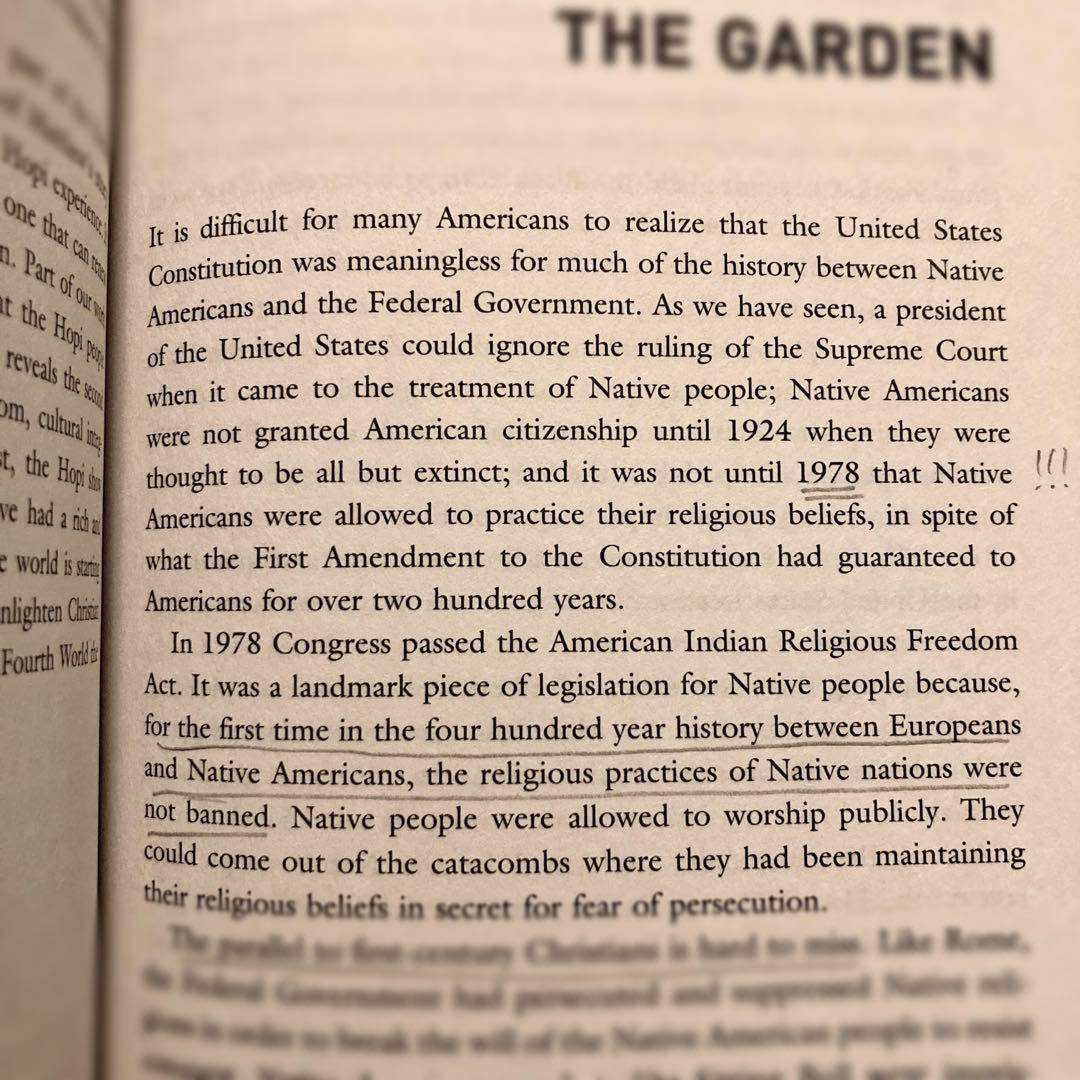
SUCH a powerful book. Steven Charleston is a (now retired) Episcopal bishop and a citizen of the Choctaw Nation. This book tells a bit of his journey to integrate and faithfully follow both paths of his spiritual heritage. The first half of the book gives background for the second half, as Charleston orients the reader in his faith and Native heritage, contextualizing Christianity in terms of Native American perspectives and traditions. ⤵️



















